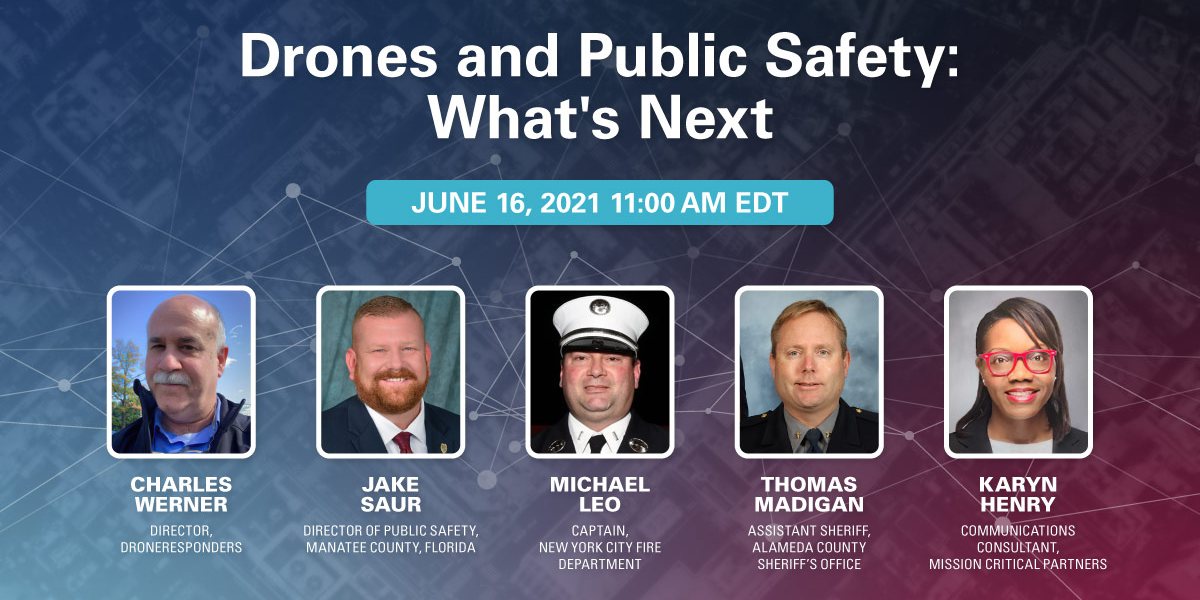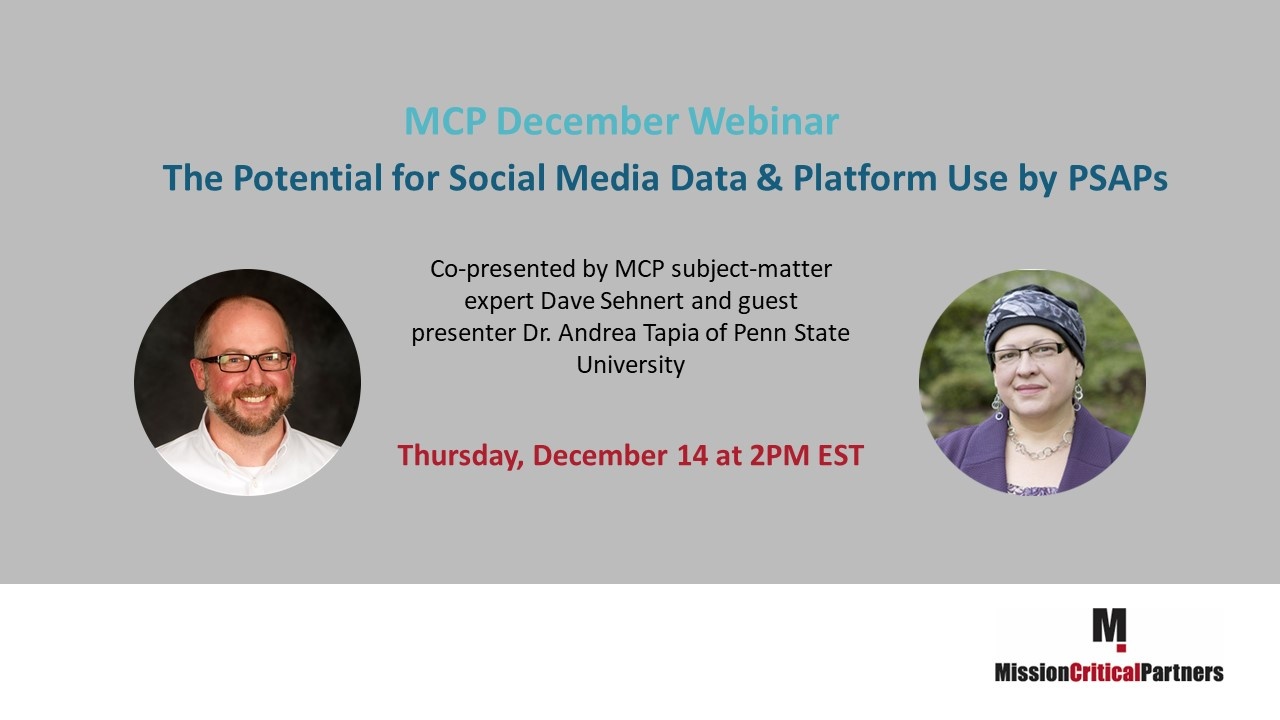“Let’s go invent tomorrow instead of worrying about what happened yesterday.” – Steve Jobs
Our nation’s 911 centers, the nexus of citizens who need help and our dedicated first responders, are on the brink of a major evolution. Some would say that it is on a level similar to how the iPhone revolutionized mobile communications a decade ago.
The foundation currently is being laid for end-to-end Internet Protocol (IP) communications from the caller (or sensor) all the way through to the first responders in the field. Freed from the limitations of 512 characters (or less) of emergency caller data, the 911 sector will integrate systems and networks previously impeded by proprietary protocols and siloed networks.
The convergence of Next Generation 911 (NG911) and the Nationwide Public Safety Broadband Network (NPSBN) will give 911 professionals and first responders alike a seamless emergency communications environment that enables sharing of critical multimedia data—between the public, 911 centers, and first responders. Gone will be the days of, “This network/system doesn’t talk to that one.” Or, “That data isn’t available.” Or, “There’s no way for me to send you that information.”
The flywheel of progress continues to turn and we all owe it to everyone who calls 911 in their greatest time of need to keep it moving in the right direction. Discussions are taking place on how and why Emergency Services IP Networks (ESInets)—which will transmit emergency calls and related data—and the NPSBN need to be interconnected to share critical information needed by 911 centers and first responders alike. There are many compelling use cases that speak to the need for a strong integration—all of which come back to the workflow of our emergency responders. Keeping our responders safe, leveraging the data to make better decisions, and ultimately improving outcomes for those who need help, are all reasons that NG911 systems and the NPSBN must work together.












